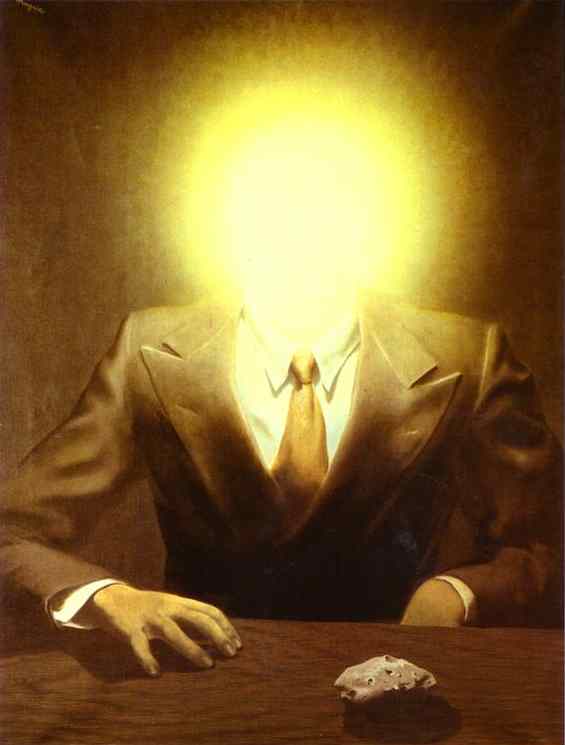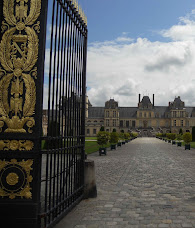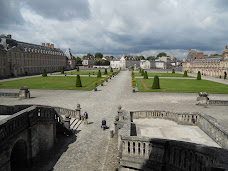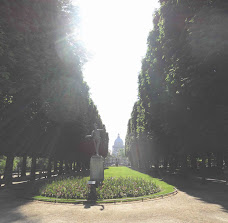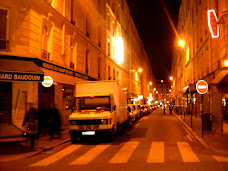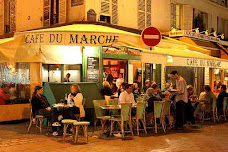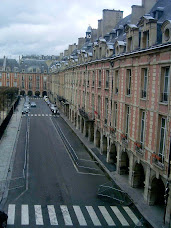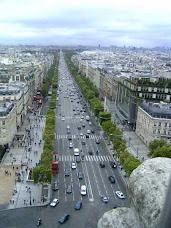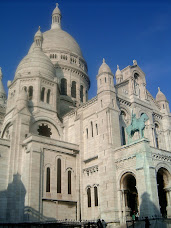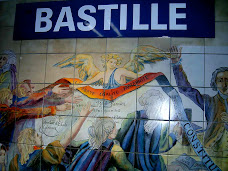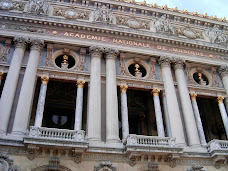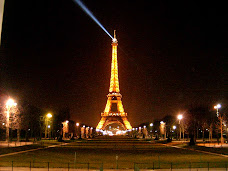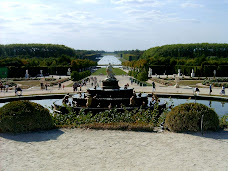'The starting point of a philosophical thought has to be the contingency of one's own language as the "substance" of one's own thinking: there is no direct path to universal truth through abstracting from the contingencies of one's "natural" tongue and constructing a new artificial or technical language whose terms would carry precise meanings. This, however, does not mean that a thinker should naïvely rely on the resources of his own language: the starting point for his reflection should rather be the idiosyncrasies of his language, which are in a way redoubled contingencies, contingencies within a contingent (historically relative) order itself. Paradoxically, the path from the contingency (of one's natural language) to the necessity (of speculative thought) leads through the redoubled contingency: one cannot escape thinking in one's language, this language is one's unsurpassable substance; however, thinking means thinking against the language in which one thinks -- language inevitably ossifies our thoughts, it is the medium of the fixed distinctions of Understanding par excellence. But, while one has to think against the language in which one thinks, one has to do so within language, there is no other option. This is why Hegel precludes the possibility (…) of purifying our natural language of its "irrational" contingencies and constructing a new artificial language that would faithfully reflect conceptual determinations. Where, then, in language itself, can we find some support for thinking against it? Hegel's answer is: where language is not a formal system, where language is at its most inconsistent, contingent, idiosyncratic. The paradox is that one can only combat the "irrationality" of language on behalf of the immanent notional necessity if this necessity itself relies on what is most "irrational" in language, on its redoubled irrationality or contingency. (…)
What Hegel has in mind here is often uncannily close to Lacan's notion of lalangue: word-play, double meanings, and so on-- his great example in German are words with opposite or multiple meanings (like zu Grunde gehen, "disintegrate/fall apart" and, literally, "to go to, to reach, one's ground," etc., not to mention the notorious Aufhebung with its three meanings: to cancel/annihilate, to preserve, to elevate to a higher level).
(…)
There is no conceptual clarity without taking lalangue as a starting point -- (…)
Does not Freud intend something strictly homologous with his notion of symptoms, jokes, and slips of tongue? An inner necessity can only articulate itself through the contingency of a symptom, and vice versa: this necessity (say, the constant urge of a repressed desire) comes to be only through this articulation.'
Zizek, Less Than Nothing, Hegel and the Shadow of Dialectical Materialism, pp. 470 - 71

